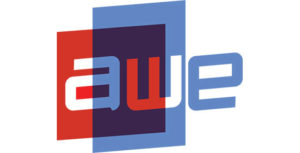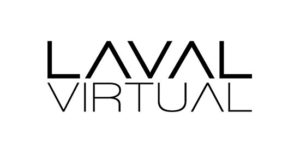The AR Market in 2017, Part 4: Enterprise Content is Not Ready for AR
Previous: Part 3: Augmented Reality Software is Here to Stay
As I discussed in a LinkedIn Pulse post about AR apps, we cannot expect users to run a different app for each real world target they want to use with AR or one monolithic AR application for everything in the physical world. It is unscalable (i.e., far too time-consuming and costly). It’s unclear precisely when, but I’m confident that we will, one day, rely on systems that make content ready for AR presentation as a natural result of digital design processes.
The procedures or tools for automatically converting documentation or any digital content into AR experiences for enterprise use cases are not available. Nor will they emerge in the next 12 to 18 months. To begin the journey, companies must develop a path that leads from current procedures that are completely separate from AR presentation to the ideal processes for continuous AR delivery.
Leaders need to collaborate with stakeholders to focus on areas where AR can make a difference quickly.
Boiling the Ocean
There are hundreds of AR use cases in every business. All AR project managers should maintain a catalog of possible use cases. Developing a catalog of use cases begins with identification of challenges that are facing a business. As simple as this sounds, revealing challenges increases exposure and reduces confidence in existing people and systems. Most of the data for this process is buried or burned before it escapes. Without data to support the size and type of challenges in a business unit, the AR advocate is shooting in the dark. The risk of not focusing on the best use case and challenges is too high.
There need to be initiatives to help AR project managers and engineers focus on the problems most likely to be addressed with AR. Organizational change would be a likely group to drive such initiatives once these managers are, themselves, trained to identify the challenges best suited for AR.
In 2017, I expect that some systems integration and IT consulting companies will begin to offer programs that take a methodical approach through the AR use case development process, as part of their services to clients.
Prioritization is Key
How do stakeholders in a company agree on the highest priority content to become AR experiences for their top use cases? It depends. On the one hand there must be consistent AR technology maturity monitoring and, in parallel, the use case requirements need to be carefully defined.
To choose the best use case, priorities need to be defined. If users perceive a strong need for AR, that should weigh heavily. If content for use in the AR experience is already available, then the costs and time required to get started will be lower.
A simple method of evaluating the requirements appears below. Each company needs to define their own priorities based on internal drivers and constraints.
Markers Won’t Stick
One of the current trends in enterprise AR is to use markers as the target for AR experiences. Using computer vision with markers indicates to the user where they need to point their device/focus their attention, consumes less power and can be more robust than using 3D tracking technologies in real-world conditions.
However, for many enterprise objects that are subject to sun, wind and water, markers are not a strategy that will work outside the laboratory. Those companies that plan to use AR with real-world targets that can’t have markers attached need to begin developing a new content type: trackables using natural features.
In 2017 more enterprise AR project managers will be asking for SDKs and tools to recognize and track the physical world without markers. For most, the technologies they will test will not meet their requirements. If well managed, the results of testing in 2017 will improve the SDKs as suggested in our post about AR software.
The AR Ecosystem and Technology are Immature
While the title of this post suggests that enterprise content is not in formats and associated with metadata to make AR experiences commonplace, the reverse statement is also true: not all the required AR components are ready for enterprise introduction.
Projects I’ve been involved with in 2016 have shown that while there are a few very solid technologies (e.g., tracking with markers on print), most components of AR solutions with which we are working are still very immature. The hardware for hands-free AR presentation is one area that’s changing very rapidly. The software for enterprise AR experience authoring is another. As more investments are made, improvements in the technology components will come, but let’s be clear: 2017 will not be the year when enterprise AR goes mainstream.
For those who have seen the results of one or two good proofs of concept, there will be many people who will need your help to be educated about AR. One of the important steps in that education process is to participate in the activities of the AREA and to share with others in your company or industry how AR could improve workplace performance.
When your team is ready to introduce AR, call in your change management group. You will need all the support you can get to bring the parts of this puzzle together in a successful AR introduction project!
Do you have some predictions about what 2017 will bring enterprise AR? Please share those with us in the comments to this post.







